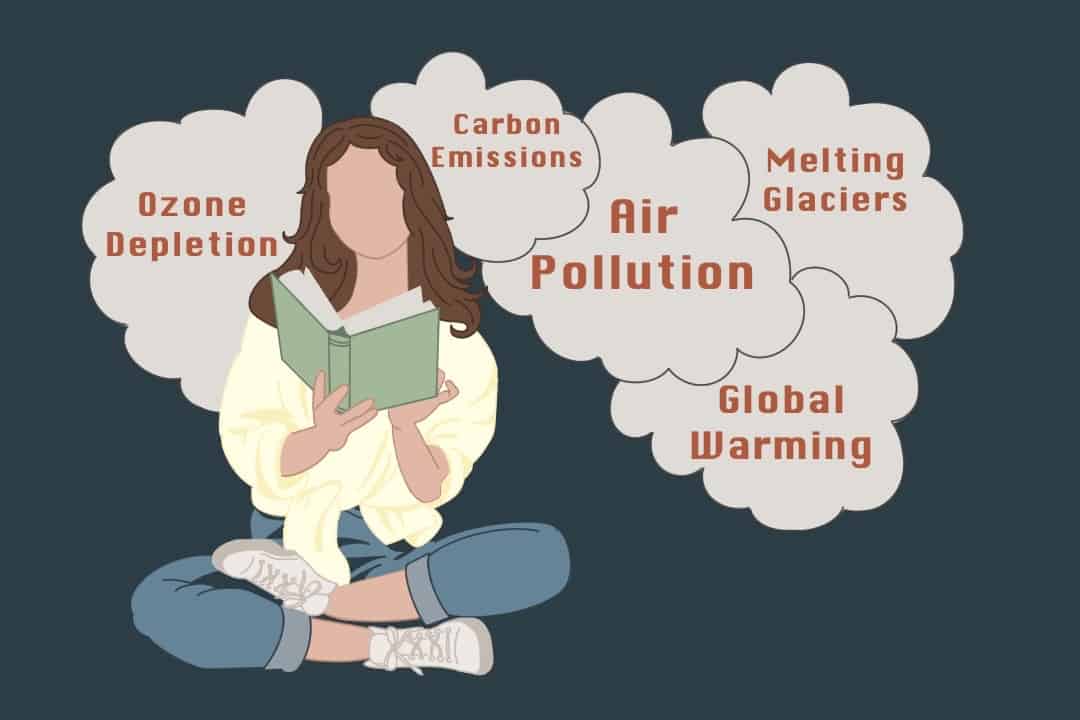The past few decades have witnessed unprecedented — and, according to some, apocalyptic — levels of ecological upheaval, and new developments in the humanities reflect that. While there’s no shortage of discussion surrounding the effect of the Industrial Revolution on modern life — that torch is carried by a diverse group of thinkers comprising theorists like Timothy Morton and Max Liboiron — the question of how we interpret our own relationship with nature is the subject of a more specialized domain, which is called ‘ecocriticism.’
“Ecocriticism… started in the 1990s, so it’s very recent,” explained Andrea Most, a professor in U of T’s Department of English. “The field has grown… in response to the ways in which our understanding [of] the environmental crisis has progressed.”
According to Most, ecocriticism is not an isolated field, but part of a broader field of environmental studies. Ecocriticism demonstrates how artistic narratives on the environment can influence our approach to the environment, even if they shed light on the artwork itself to a lesser extent. It’s a critical lens that focuses on how we — as species, cultures, individuals, etc. — interact with the world around us. Like the environmental humanities at large, ecocriticism isn’t just a reexamination of traditional assumptions regarding our place in the world; they’re a particular approach to understanding our interaction with ecology based on cultural products.
Endeavors in ecocriticism are essentially nuanced, tackling issues of interpretation through an interdisciplinary approach. Professor Most noted that artistic fields are increasingly interested in the relationship between humans and other animals, as well as the impact of colonial ideologies on contemporary understandings of nature.
Most also noted that it’s important that the university focus on ecocriticism so academic analysis can be used to tackle the climate crisis. “[Ecocriticism enables] students and scholars to question and think through our historical, cultural relationships, our cultural perspectives, [and to] think through the stories we tell about who we think we are in relation to the living earth, because the stories we’re currently telling are killing the earth,” Most explained.
For Most, a focus on ecology should be worked into every facet of the academy. “You could study math through this lens, you could study business through this lens, you can study classical culture through this lens — it doesn’t matter,” she said. “If you’re not taking the Earth into account… everything else you’re doing is inevitably going to be lesser or pointless depending on how hopeful you are.” When an ecological crisis poses an existential threat, developing an understanding of the cultural practices contributing to that crisis becomes a matter of survival.
It would be naive to think, as Ontario experiences 15-degree-Celsius days at the outset of winter, that any cultural product is immune to questions from this new approach to ecology. Whether deliberate or not, there are hints of ecological narratives in every facet of what the average person watches or reads, and ecocriticism exists to pull those narratives out and critique them in a new light. In Most’s words, “the environment is not an issue that can be put into a little box… it’s what sustains all life.”


